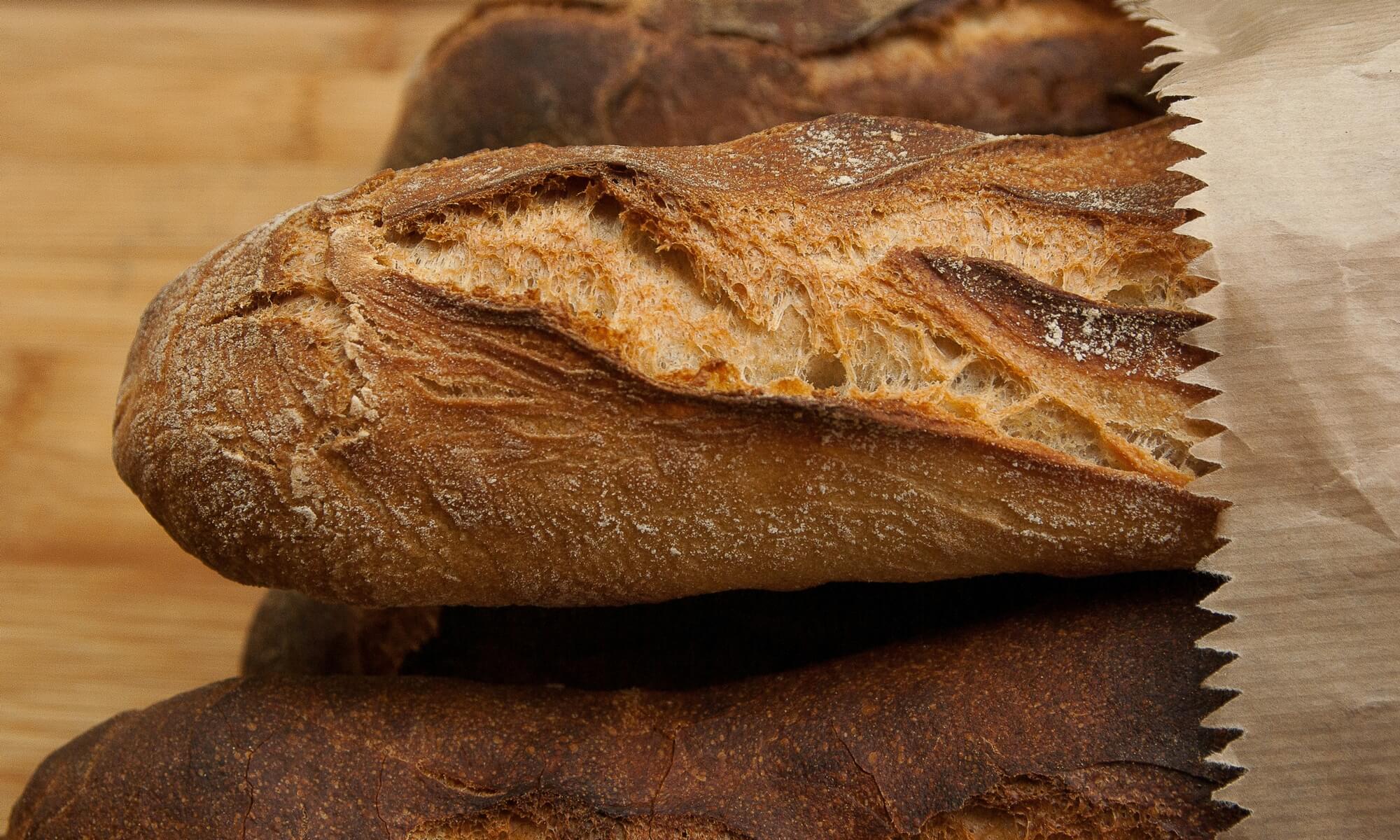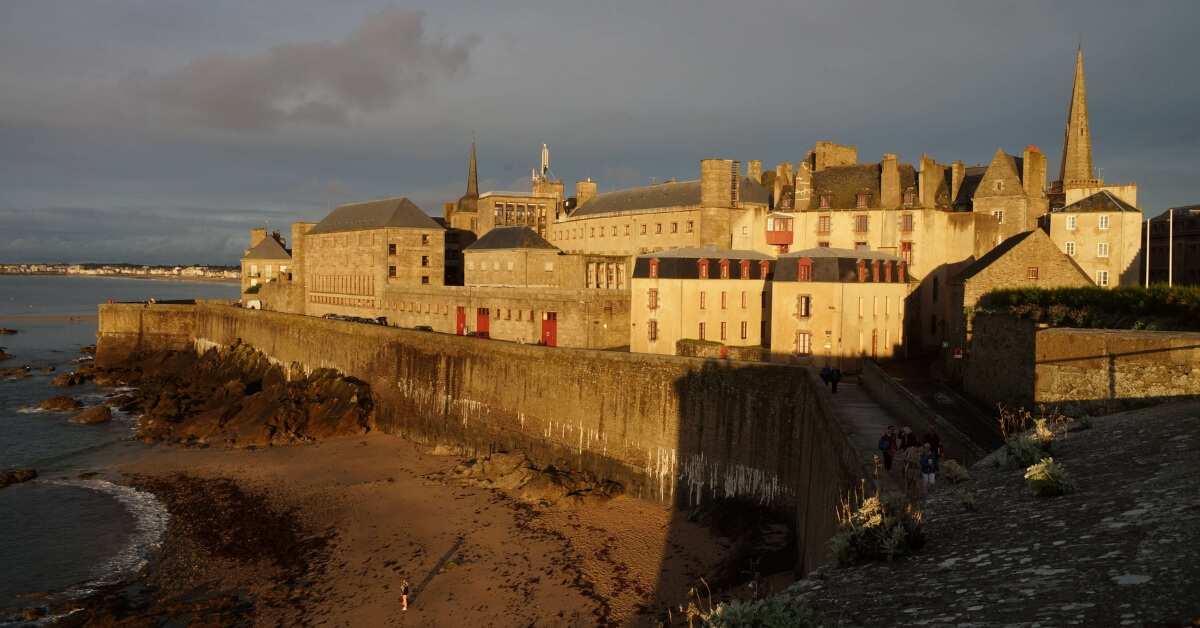This post contains affiliate links, meaning I get a commission if you decide to make a purchase through my links, at no cost to you. Please read my disclosure page for more details.
Category: Normandy & Brittany
Discussed in this Episode
- All the Light We Cannot See
- Jacques Cartier
- Surcouf
- Things to Do in Saint-Malo
- Solo travel in France
What You Will Hear About in this Episode
- All the Light We Cannot See summary and map, CONTAINS SPOILERS! [4’50”] To skip the spoilers skip to 17′
- Sophie Moran introduces herself and her experience moving to France from Australia [17’43”]
- What makes Saint-Malo so special and why this novel is such a great book [21’40”]
- [23’20”] The places in Saint-Malo that have to do with All the Light We Cannot See
- Jacques Cartier, Bastion de la Hollande, and the European discovery of Canada [25′]
- Pirate History in Saint-Malo, the difference between a pirate and a corsaire, and Surcouf [26’40”]
- A week-end in Saint-Malo and neighboring area [28′]
- Review of the Château Hôtel du Colombier, Sophie found it to be a charming and intimate hotel with 15 rooms, also offered one of the best meals she’s had in France [28’20”]
- Cycling on the beach starting at the Paramé neighborhood in Saint-Malo, aka plage de Rochebonne [30’30”]
- Visit to Dinan, gorgeous medieval city with a beautiful château and sweeping views [32’30”]
- Mont-Saint-Michel is only an hour or so from Saint-Malo, you can visit both in the same trip [32’30]
- Review of the Grand Hotel des Thermes, large and popular Spa. More expensive than the previous hotel and not as homey [34′]
- Visit to Dinard, a popular resort from the 20s. Their art deco style changing rooms on the beach and the lovely houses. Great cliff walks. [36’20]
- One of the things that makes this area great is that there are so many wonderful things to do and see close to Saint-Malo [38′]
- Great shopping in this area, especially in Dinan and Saint-Malo [38’45”]
- Back to the novel, rue Vauborel. All the houses in Saint-Malo were rebuilt in a similar style, so you can imagine the novel anywhere you go [39′]
- Hôtel des Abeilles, it is close to the Bastion de la Hollande [42′]
- There are many grottos along the beach [445’52”]
- The effect of tides in Saint-Malo [45’46”]
- Sea-water swimming pool outside the ramparts [46’23”]
- Bakery where Marie-Laure goes on rue de Dinan [47’12”]
- Things you may want to visit in Saint-Malo even if you have no interest in the novel All the Light We Cannot See [48’45”]
- Bastion de la Hollande is part of the ramparts, take an hour or so to walk around the ramparts, the Bastion itself is a park area.
- You can visit the Pirate Museum, in French Demeure de Corsaire
- Aquarium in Saint-Malo [53’53”]
- Museum of the city of Saint-Malo, Frégate Corsaire [54’05”]
- Maison du Québec in Saint-Malo [55’03”]
- Musée Jacques Cartier in Saint-Malo [55’17”]
- Food in Saint-Malo: Galettes, sea food, hard cider [49’51”]
- How cider is served: mugs, cider streams, brut vs doux [52’24”]
- Sophie also visited the Golfe du Morbihan after she heard our episode about it, she especially enjoyed Vannes.
- Sophie compares life in France to life in Germany [59’31”]
- In Brittany people all keep their houses in great shape [62′]
- Weather in Saint-Malo, you may need a yellow “ciré” (rain-coat) [63′]
All the Light We Cannot See Novel Summary
Wonderful novel by Anthony Doer, it has been wildly popular, but just in case you didn’t have a chance to read it yet (or you could use a refresher as I did), let me give you a summary. Be warned, there will be lots of plot spoilers in this episode!
The novel starts in Paris at the beginning of WWII with a young girl named Marie-Laure who is going blind due to congenital cataracts. Her father works as a locksmith for the Natural History Museum in Paris and is a wonderful caring father, I don’t think that we ever learn anything about her mother, do we Sophie?
One day in Paris Marie-Laure is introduced to the story of a mythical diamond called the “Sea of Flame”. A diamond reported to have mythical powers. This diamond will drive the plot along because the Germans, who had also heard of it, and were eager to take anything valuable, especially if it had special powers!
Marie-Laure loses her sight completely at age 6, and she probably had pretty bad eye sight all along. In order to help her find her way around her neighborhood, her father builds models of streets in plywood (I imagine) so she can memorize her way around.
In June 1940 when the Germans invade Paris, Marie-Laure and her father flee and make their way to Saint-Malo in Brittany where they will stay with an uncle named Etienne. Etienne’s house in Saint-Malo is on 4 rue Vauborel in Saint-Malo, very close to the water. Not a super interesting house today, but I’m sure lots of people go, because even though this is fiction, we all like to go places mentioned in the novels we liked.
Pretty soon, Marie-Laure’s father needs to go back to Paris and gets imprisoned. Marie-Laure is now in the care of her great-uncle Etienne. Etienne is an interesting man, but he is full of phobias and never leaves the house. A house-keeper, madame Manec , also lives in the large house. The house is a tall old house, I think it has 5 levels. It has hidden doors and traps in the floors and all that good stuff that mostly exists in fiction. We learn that Etienne and his deceased brother Henri were radio enthusiasts who used to broadcast a children’s science program just for fun.
In parallel we learn about a young German orphan named Werner who also loves the radio. He was raised by a French woman who played French language children’s radio programs for him and his sister. Werner is really good at science and engineering. He can fix radios like nobody’s business! He gets recruited into a German military school of sorts where he makes a friend who gets tortured and left for dead because he had bad eyesight and where the Commandant is evil. That part of the novel was a little bit hard to take for me.
Eventually Werner is sent to the Eastern front where he helps locate illegal broadcasting stations, because, of course, one of the first things German invaders wanted to do was control the airwaves, the newspapers, novels, etc.
Back to Saint-Malo, Madame Manec, the live-in house-keeper, is involved in the Resistance with other women in the city. She hid her activities, but Marie-Laure knows. When elderly Madame Manec dies suddenly, Marie-Laure persuades Etienne to get involved by putting his broadcasting station back together again and broadcast coded messages at night.
The broadcasts are a historical fact and consisted of saying coded sentences and strings of numbers that only made sense to people in-the-know. The messages sounded like uninteresting letters being read out loud. Maybe they would say something like “On a volé le vélo de Pierre” and that meant delay the meeting until next week or something. The Germans knew there were messages in those broadcasts and anybody caught broadcasting was shot on sight.
Marie-Laure sticks out her neck too, because she’s the one who goes out to a specific bakery to get bread “un pain ordinnaire” and brings it home. The bakery lady knows that she’s supposed to give her the special bread with a roll of papers baked in. That’s the paper that Etienne is supposed to read and broadcast that night.
The bakery Marie-Laure goes to is said to be on rue Robert Surcouf in the novel. Well, there isn’t a bakery on that street. Closest one you’ll find is at 15 rue Dinan, it’s called La Fournée Malouine. Rue Robert Surcouf is a little further and doesn’t have a bakery today, I didn’t take the time to go researching the archives to see if there used to be one. It’s a novel, the author probably made it up anyway!
The novel doesn’t name the bakery, it gives instructions very much like a blind person may remember today: 22 steps on rue Vauborel until rue d’Estrée. Then to the right and count 16 storm drains, etc.
I’ll write down the information we have on these places in the show notes and if you subscribe to the newsletter, you’ll get all the details plus a map with Marie-Laure’s path to various places in Saint-Malo.
Same for the access to the beach and the grotto, the description in the novel isn’t super clear, but I think I figured it out and you’ll see it on the map that will go out with the newsletter. Or you could ask me to send it to you in an email if you listen to this episode in the future and the email newsletter is long-gone!
Meanwhile, Werner is actively shutting down illegal broadcasting stations and hates that he has to do that. He is portrayed as a sympathetic character trapped in an evil machine, which a lot of Germans were I am sure. Then, in 1944, after the D-Day landings, Werner is transferred to the Western front to Saint-Malo specifically to shut down Etienne’s broadcasting station in a desperate attempt for the Germans to regain control. Werner finds Etienne’s house quickly, but decides to let it continue. Another evil German soldier called von Rumpel is closing in on the Sea of Flames and Werner saves Marie-Laure from his clutches. He meets Marie-Laure and they form a quick but strong bond. Marie-Laure places the Sea of Flames inside the grotto at the beach. The Grotto is flooded by sea water at times and full of sea snails. There’s also mention of the guard dogs, Les Chiens du Guet.
Werner leads Marie-Laure to safety and the Allied soldiers during bombings that pretty much destroyed Saint-Malo. Then Werner dies as he steps on a mine.
The book then jumps forward 30 years when Jutta, Werner’s sister goes to Paris to meet Marie-Laure. Jutta has recently met a man who knew Werner when they were young during the war and told her that he had the house containing the Sea of Flames on his person when he died. This makes sense because Marie-Laure gave him the key to the door that closes the Grotto. So, Marie-Laure, gets the Sea of Flame back. The story ends with an elderly Marie-Laure walking in Paris with her grand-son.
I am so glad he didn’t kill off the blind girl. Thank you Mr. Doer!
Hotel des Abeilles was a creation of the author, there is not such hotel today and there wasn’t back then either. The author says it was on rue de la Crosse, and there are some hotels on that street, none called Hôtel des Abeilles however.
Subscribe to the Podcast
Apple Google Spotify RSSSupport the Show
Tip Your Guides Extras Patreon Audio ToursRead more about this show-notes
Episode PageCategory: Normandy & Brittany


